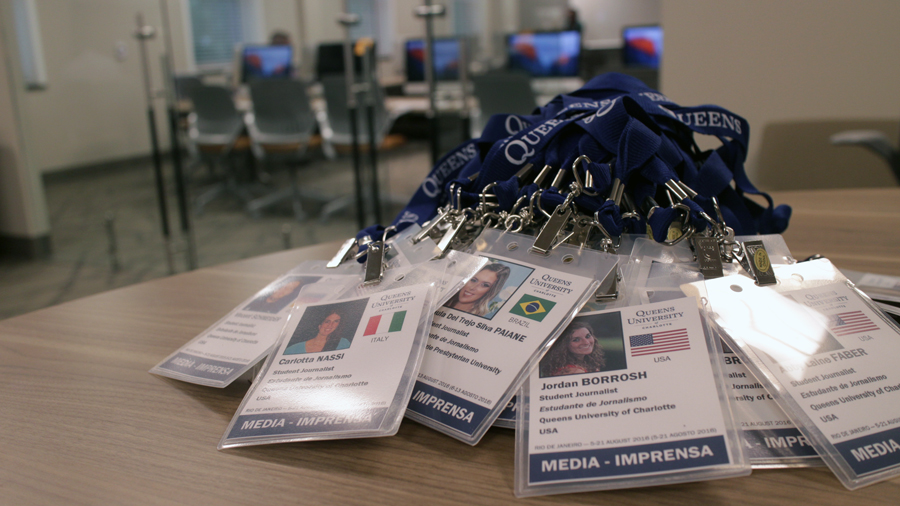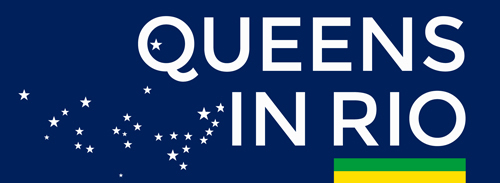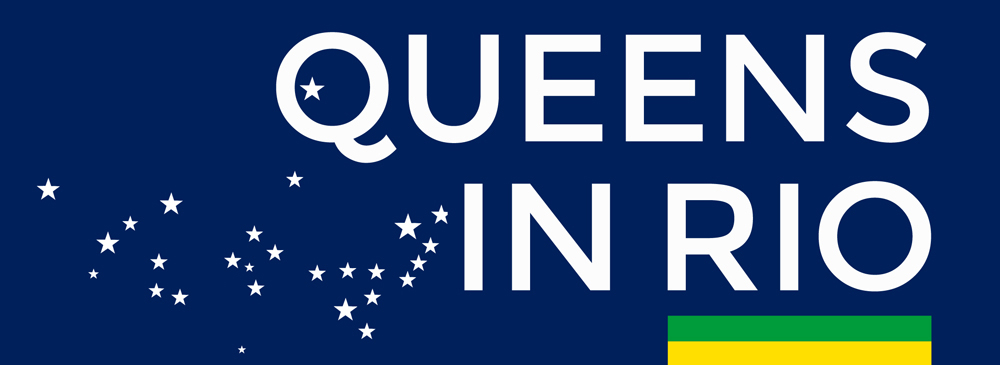
An old episode of the television situation comedy “Frasier” depicts the obsession of the two Crane brothers for obtaining higher and higher levels of membership in a luxury day spa. It’s easy to fall into a similar form of accreditation envy at the Olympic Games.
The badges around people’s necks show quickly what types of organization their holder represents, what country they’re from, their role, and most importantly, exactly how much access they have to Olympic venues. Personnel types include athletes, broadcasters, organizing committee members, and many others. There are organizations you might not expect – such as the code for city officials from the immediate past Olympic Games and future games – OC – and the code for city officials from the current Olympic Games – OCOG. Athletes get a code of Aa. If athletes live in the Olympic Village, they get another code of R. For security, very few individuals other than athletes get an R code for village access; people who work in the dining hall, for example, or who support the various services needed by athletes.
After the codes spelled out on the badge, they start hanging other stuff on the bottom edge to indicate specific access within a venue. I’ve seen the International Olympic Committee improvise little stickers to designate even more microscopic, elite, security, or staff access.
From the moment a person gets off the plane at the Rio de Janeiro airport, accreditation makes a difference. In general, people with an Olympic accreditation go through shorter lines, and people with higher levels of accreditation gain access to privileges and locations unknown to practically everyone else.
IOC accreditation manuals spell out these privileges. One section of the Vancouver 2010 Olympic Winter Games “Olympic Family Accreditation Manual,” appropriately named the “Privilege Matrix,” indicates that code IOC basically signals people at the top of the heap – senior IOC people. Then, code B for honored guests and their entourages, senior executives of broadcast rights holders, and IOC staff members. Double asterisks indicate accompanying guests. With most categories, badges create access to only the venues required for a given individual to do their job. Swimmers, for example, gain access only to their specific swimming venue. Even though they’re Olympic athletes, they don’t get to hang around the fencing venue.
The process for obtaining Olympic accreditations is detailed, rigorous, time-consuming, and often expensive.
Our own students are not covering athletic competition, and have no Olympic accreditation. They do, however, have an accreditation offered by the city Rio Media Center to provide access to excellent media support and resources. They also use a Queens University of Charlotte “student journalist” identification badge designed by the International Programs office to provide credibility and affiliation information, in the hopes of persuading officious, low-level security personnel to leave them alone.
Photo by Joe Cornelius

